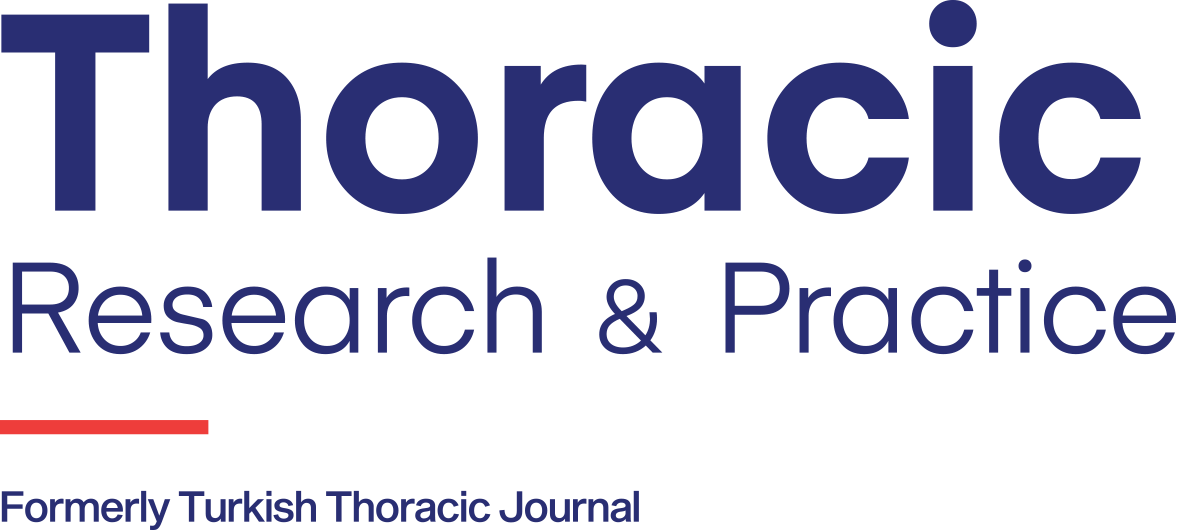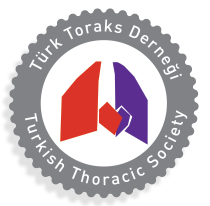Abstract
Abstract
We aimed to assess the success rate in cases who were referred to our smoking cessation clinic and factors influencing this rate. Of 79 cases being referred between March 2002 and January 2003, 11 were not taken into this prospective analysis as they did not attend the next appointment. Completion of 1 year without smoking was considered as quitting smoking. Cases were evaluated with history, physical examination, Fagerström test and CO measurement. After a comprehensive information about the evils of tobacco, a brochure prepared by our clinic was given. All cases were given behavioural education and motivation for smoking cessation. Pharmacological treatment was given to 24 cases. Following visits were weekly for the first and biweekly for the second months; follow up lasted for 1-year at least monthly and bimonthly. Mean age of 32 (%47.1) men and 36 (%52.9) women was 39.7±11.23 (19-65). Smoking cessation rates were 75% (n=51) on the fifteenth day, 54% (n=37) at the third month, 48.5% (n=33) at the sixth month and 41.2% (n=28) after 1 year. Quitters and nonquitters displayed no significant diffegrafilerence with regard to gender, occupation, educational status, respiratory symptoms, comorbidity, family history, smoking habits of household, alcohol consumption, smoking duration and age of starting smoking, daily number of cigarettes smoken, Fagerström scores, withdrawal symptoms, receiving pharmacotherapy (p>0.05). Elder cases (p=0.025), cases with children (p=0.016), and those working in a non-smoking environment (p=0.001) were successful and these were considered to be important factors contributing to the success rate of smoking cessation.



